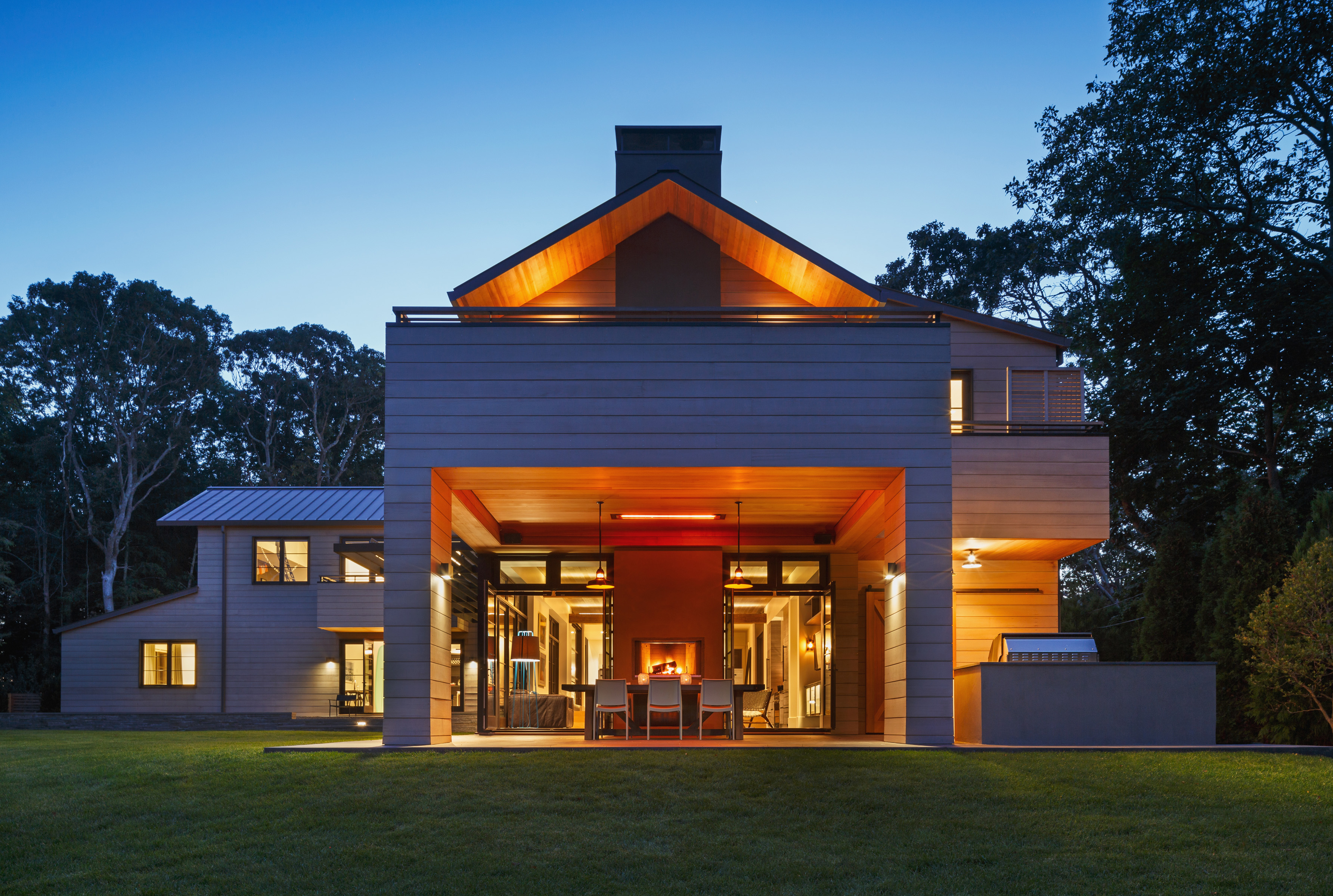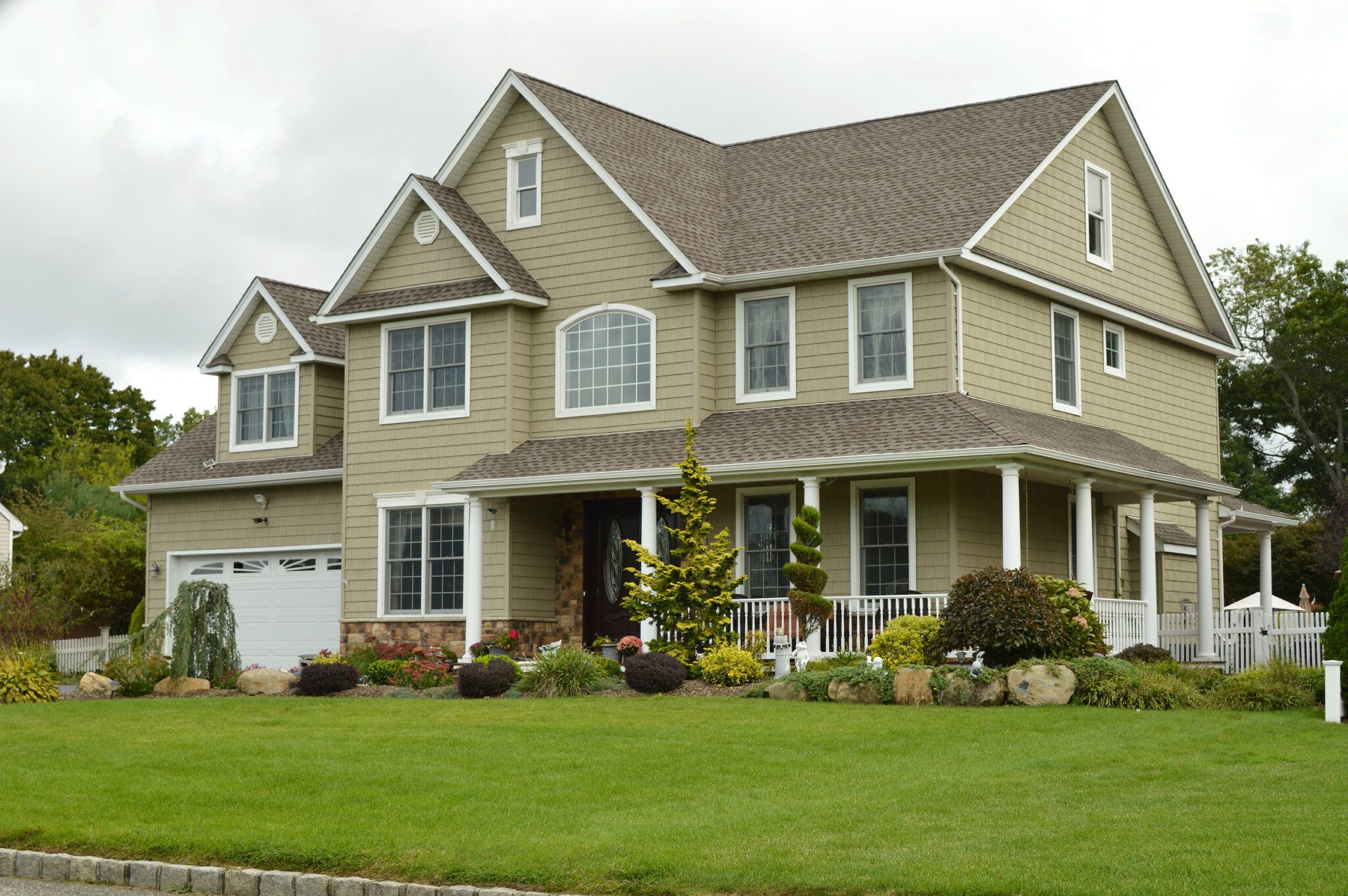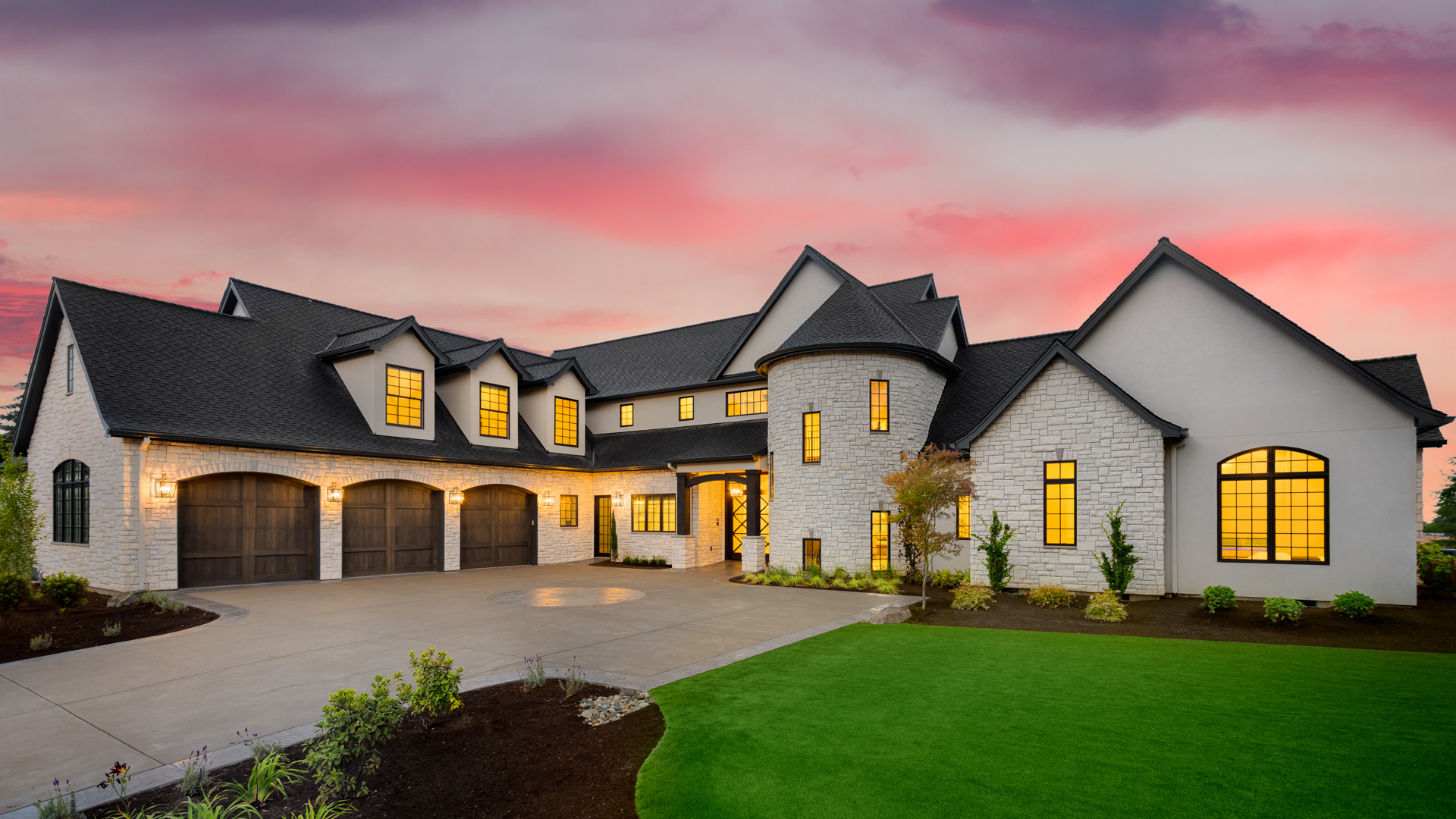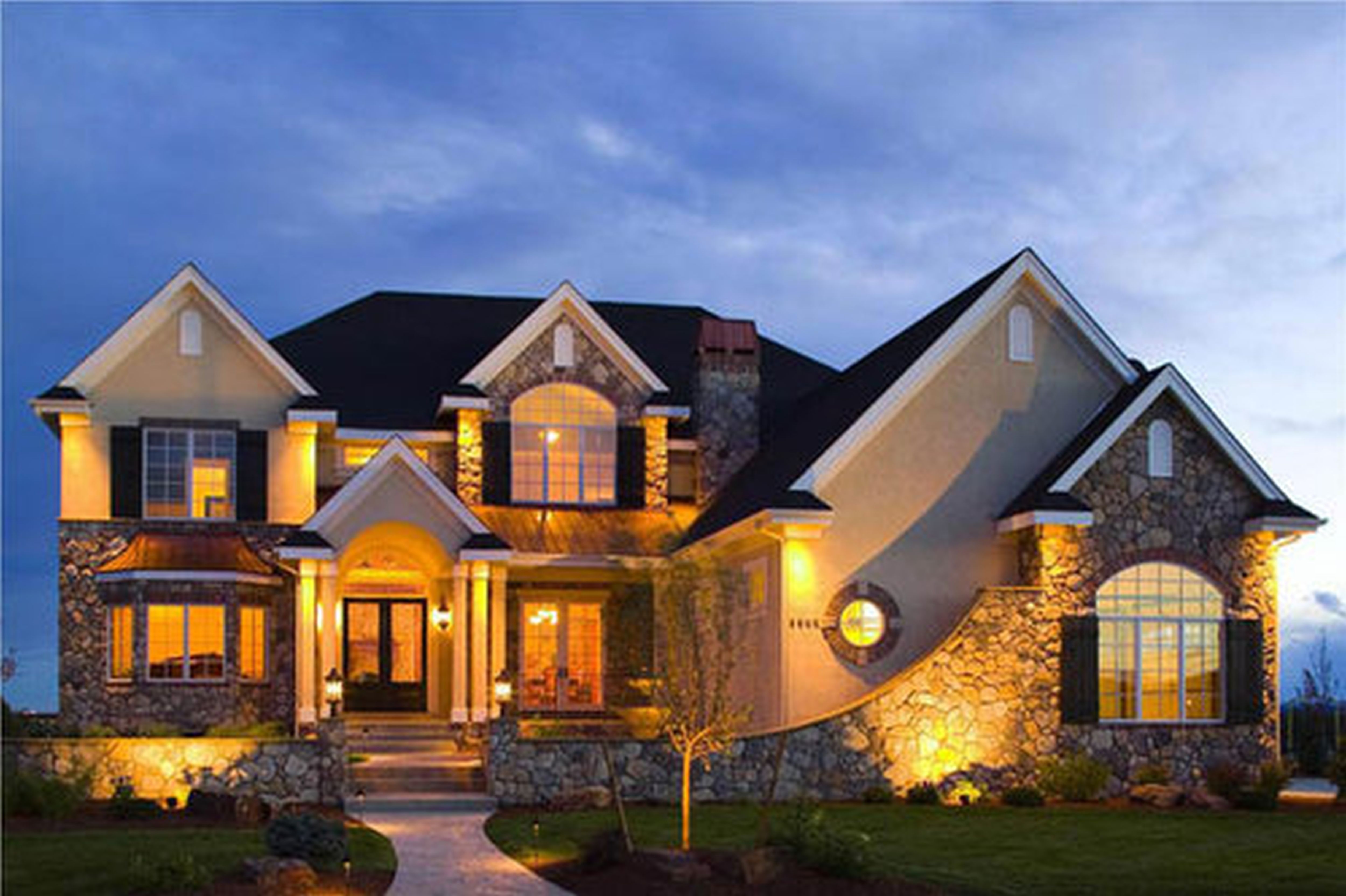
The Importance of Houses

Houses serve as the fundamental structures that provide us with shelter and comfort. They are not merely brick and mortar constructions; they are our homes, our sanctuaries.
Having a house is essential as it offers protection from the elements, privacy, and a sense of belonging. It is a place where we create memories, share love, and find solace.
Throughout history, houses have played a significant role in shaping societies, representing cultural identities, and reflecting architectural styles.
Types of Houses

There are various types of houses found across the world, each unique in its design and purpose. Let's explore a few of them:
1. Single-Family Houses

Single-family houses are standalone dwellings designed to accommodate one family. They offer privacy and typically include multiple rooms, a backyard, and sometimes a front lawn.
These houses provide a sense of ownership and are ideal for those seeking a private and personal space for themselves and their loved ones.
2. Apartments

Apartments are multi-unit buildings where each unit serves as an individual dwelling. They are popular in urban areas and offer a compact living space, often with shared amenities like gyms or pools.
Living in an apartment provides convenience, affordability, and a sense of community, making it an attractive choice for many individuals and families.
3. Townhouses

Townhouses are narrow, multi-story homes that share walls with neighboring units. They are often found in densely populated areas and offer a balance between single-family houses and apartments.
These houses provide more space and privacy compared to apartments while maintaining a sense of community and shared amenities.
4. Mansions

Mansions are large, luxurious houses that often feature extensive grounds, multiple bedrooms, and extravagant amenities. They are historically associated with wealthy individuals and aristocracy.
These grand residences represent opulence, success, and social status, showcasing the architectural prowess of a bygone era.
Architectural Styles

Architecture plays a vital role in defining the character and appearance of houses. Various architectural styles have emerged throughout history, each with its unique features and influences. Let's explore a few:
1. Victorian

Victorian houses emerged during the reign of Queen Victoria in the 19th century. They are characterized by intricate details, ornate decorations, and steep roofs.
These houses exude elegance and charm, often featuring vibrant colors and elaborate facades. They are a symbol of the Victorian era's romanticism and prosperity.
2. Colonial

Colonial houses originated during the colonial period of the United States. They typically feature symmetrical designs, large columns, and pitched roofs.
These houses evoke a sense of tradition and history, reflecting the architectural influences of early American settlers.
3. Modern

Modern houses embrace contemporary architectural trends and emphasize simplicity, clean lines, and open spaces. They often incorporate large windows and innovative materials.
These houses represent a departure from traditional designs, focusing on functionality, minimalism, and a connection to the surrounding environment.
4. Mediterranean

Mediterranean houses draw inspiration from the coastal regions of Southern Europe. They feature stucco exteriors, red tile roofs, and expansive outdoor areas.
These houses evoke a sense of warmth, relaxation, and a connection to nature, capturing the essence of Mediterranean living.
The Role of Houses in Our Lives

Houses play a pivotal role in our lives, serving as more than mere physical structures. They provide a sense of stability, security, and personal expression.
A well-designed house can enhance our quality of life, supporting our daily activities, fostering relationships, and offering a space where we can unwind and recharge.
Whether it's a cozy cottage, a modern apartment, or a sprawling mansion, houses hold immense sentimental value and contribute to our overall well-being.
Conclusion
In conclusion, houses are not just buildings; they are the embodiment of our desires for shelter, comfort, and a place to call home. They come in various forms and architectural styles, each representing unique characteristics and cultural influences. Understanding the significance of houses helps us appreciate the role they play in our lives and the impact they have on our well-being.